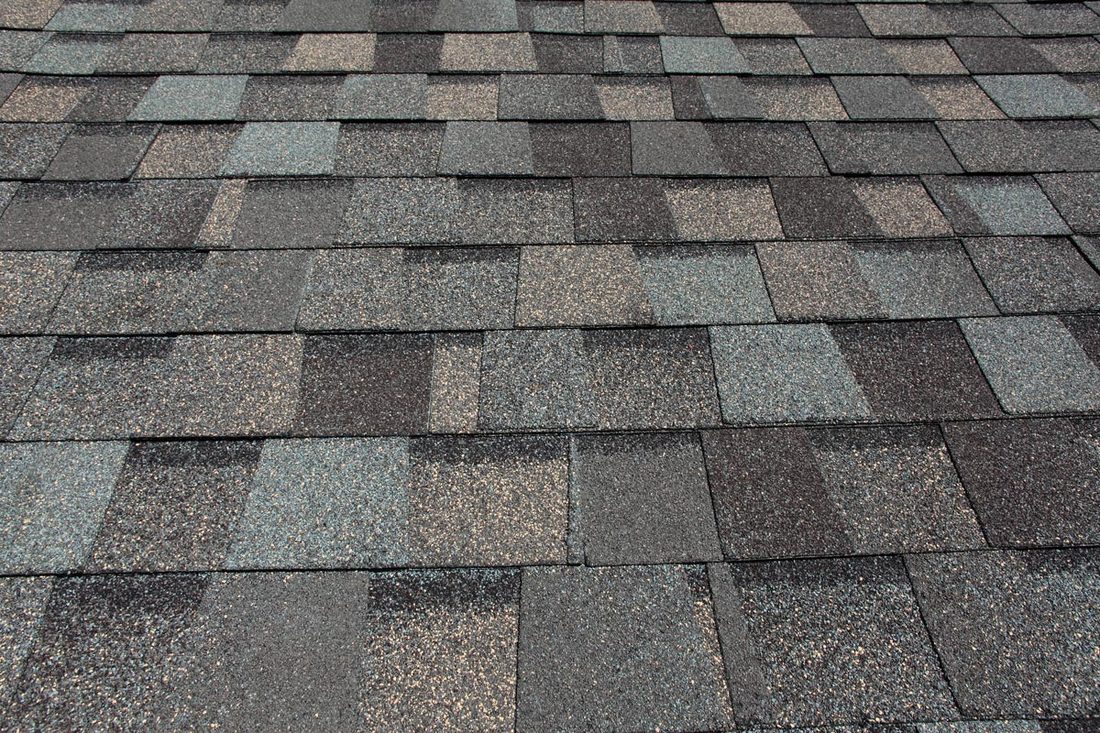How To Choose Your New Roofing Material
Dec 26, 2018

Making the decision to put a new roof on your home is the first step, but the next step is selecting which type of roofing material you will use. The most common choice is asphalt shingles, but there are many other options as well, some of which are becoming increasingly popular.
Below, we’ll look at the 5 most common roofing materials in Florida and factors to consider when choosing the one that’s right for you and your roof.
1. Asphalt Shingles
Due to their relatively low cost, asphalt shingles are the top selling roofing material in the US today. Higher quality or architectural shingles will cost a bit more, but asphalt is easily the most affordable option. Algae resistant shingles may be worth investing in in Florida, where things can get humid, especially by the coast.You can find asphalt composition, three-tab, shingles that will work on just about any roof slope. Weight is moderate, so most roofs can handle them. Fire resistance is high; wind resistance moderate. Asphalt shingles can be recycled but do contain petroleum products, so far as environmental issues are concerned.
Due to their relatively low cost, asphalt shingles are the top selling roofing material in the US today. Higher quality or architectural shingles will cost a bit more, but asphalt is easily the most affordable option. Algae resistant shingles may be worth investing in in Florida, where things can get humid, especially by the coast.You can find asphalt composition, three-tab, shingles that will work on just about any roof slope. Weight is moderate, so most roofs can handle them. Fire resistance is high; wind resistance moderate. Asphalt shingles can be recycled but do contain petroleum products, so far as environmental issues are concerned.
2. Sheet Metal & Copper
While aluminum or steel metal roofing is a little more expensive than asphalt, it is also significantly more durable and requires less maintenance. Copper roofing is rather expensive, but can last for a lifetime and is considered extraordinarily attractive. Metal roofing can go on any roof slope, has good wind resistance if properly fastened, is very lightweight, and is fully recyclable.
While aluminum or steel metal roofing is a little more expensive than asphalt, it is also significantly more durable and requires less maintenance. Copper roofing is rather expensive, but can last for a lifetime and is considered extraordinarily attractive. Metal roofing can go on any roof slope, has good wind resistance if properly fastened, is very lightweight, and is fully recyclable.
3. Wood Shingles/Shakes
Cedar, redwood, and other wood roofing materials are the “classic” look – what all homes once had before the advent of metal and asphalt options. Wood’s cost is moderate, and it can often last 30 years or more. The weight load is also moderate. Wind resistance is good, while fire resistance needs to be enhanced by treatment with fire retardant. Wood is eco-friendly in that it’s a natural resource, but of course it entails cutting down trees.
Cedar, redwood, and other wood roofing materials are the “classic” look – what all homes once had before the advent of metal and asphalt options. Wood’s cost is moderate, and it can often last 30 years or more. The weight load is also moderate. Wind resistance is good, while fire resistance needs to be enhanced by treatment with fire retardant. Wood is eco-friendly in that it’s a natural resource, but of course it entails cutting down trees.
4. Clay Tiles
Looking for a snazzy, “Latin” look for your roof? Kiln-fired clay tiling may be what you are looking for. Cost is moderate, but maintenance may be needed from time to time as the relatively brittle clay can break or chip. Longevity is high with clay, and its weight and material means it’s highly resistant to fire and wind.
5. Concrete & Slate
Concrete coated roofing tiles are actually cheaper than clay tiles in most cases, while slate ranks among the most expensive of all roofing materials. Concrete is made to mimic the look of clay and is more long-lived and low-maintenance overall. Slate is even more durable, but can only be used on steep slope roofs.
Both concrete and slate require reinforced roof structures to give them adequate support, and both are fully fireproof. Concrete has much lower wind resistance than expected, but slate is super high on the wind resistance scale.
A good roof contractor can help you weigh the pros and cons of each material and speak to you from their experience and with your particular roof and situation in mind. Not all contractors can install every type or roofing, and some materials are more labor-intensive and have higher installation costs.
In Florida, look for roofing with moderate to high wind resistance that will weather Hurricane Season. Contact Sheegog Contracting to learn more about each material.


